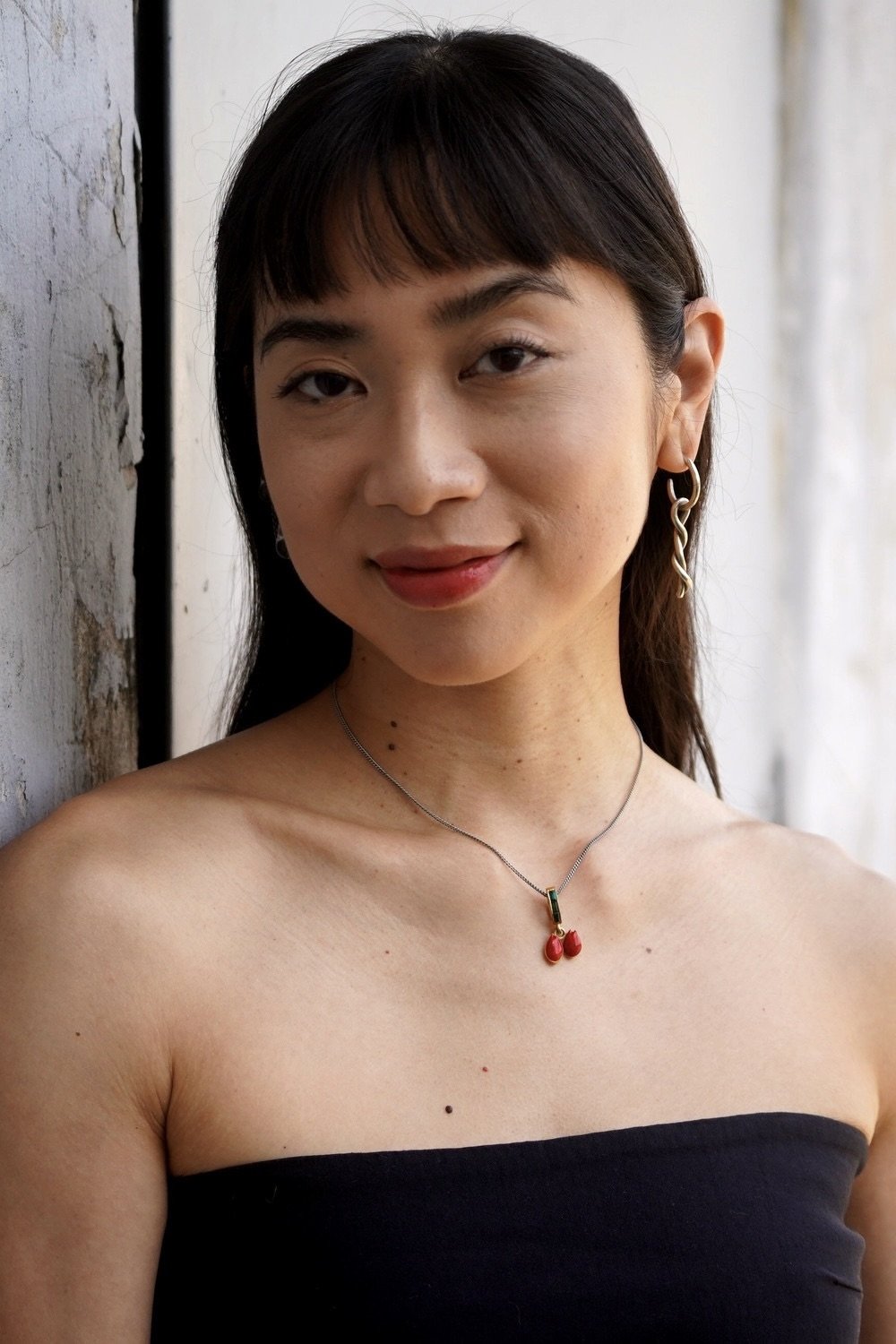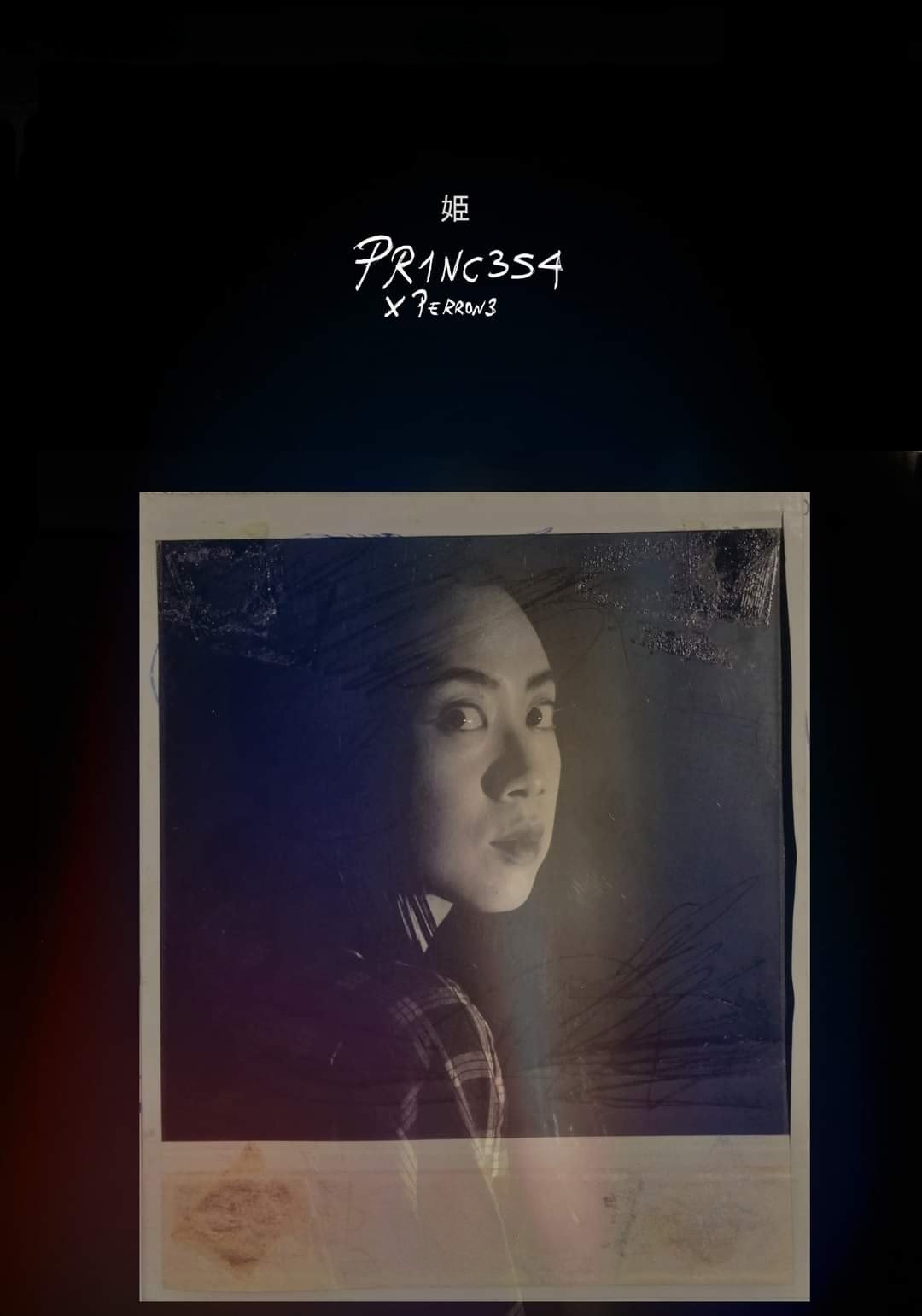

Martín goes jogging, but an unknown woman trips him up. The unknown woman’s husband doesn’t understand his wife’s behavior. Marín has a date but gets hurt. The woman who tripped him has a dream in which her poodle is butchered. No one understands what goes on in the mind of the other.

In his new cinematic adventure, Raúl Perrone makes a new incursion into the Japanese out of Ituzaingó in order to shape the variations of a story that revolves around a woman who cuts dead people’s hair, a samurai with an intolerable mission, a nosy burglar, a feudal lord on the verge of insanity and a giant metal fish. The film is freely inspired in the original version of Rashomon –written by Ryūnosuke Akutagawa– and, as usual in his filmography since P3ND3JO5 (2013), Perrone blends different elements from classical film; in this case, visible ghosts from Kurosawa’s cinema and certain aspects of Japan’s traditional culture melt with nightmarish distortions and machinistical irruptions, typical of a future that may never come. “The avant-garde is in the past” he once said in an interview. In his reimagining of film history, Perrone again finds an inexhaustible field of expression.

The plot is set in 1966 when an Argentine scientist carries out a space plan to compete with the United States and the Soviet Union in the arrival to the Moon.

Lucio falls in love with Irene, a Japanese girl from Buenos Aires, during the course of two days.
By browsing this website, you accept our cookies policy.